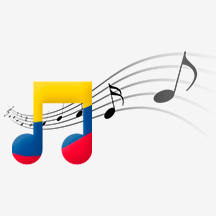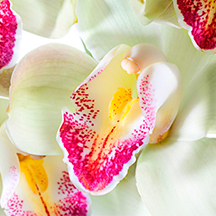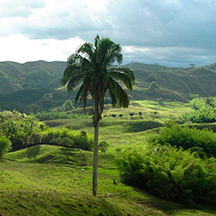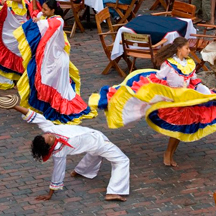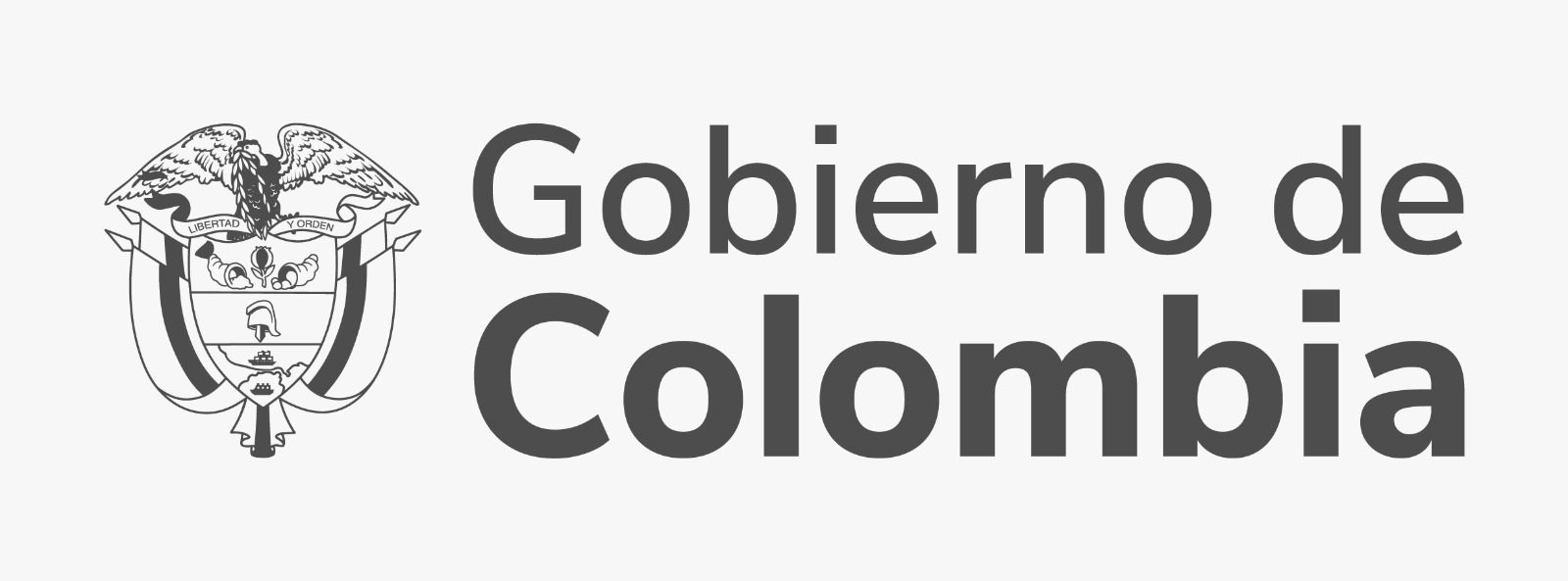The Republic of Colombia is a unitary, democratic, participatory and pluralistic State with separation of powers. The President is elected by popular vote for a period of four years.
With more than 9 million of votes, the highest obtained by any candidate in the history of Colombian democracy, the current President of Colombia, Juan Manuel Santos-Calderón, was elected for the period 2010 - 2014.
Political-administrative division: 32 departments and Bogotá D.C. (Capital District). Colombia has six major regions: Andean, Caribbean, Pacific, Orinoco, Amazon and Insular.
Official time: GMT + 5 hours
National Day: 20 July
Currency: The Colombian peso.
Population: 46,097,854
Land area: 1,141,748 km2
Maritime area: 928,660 km2
Land borders: 2,219 km with Venezuela, 1,645 with Brazil, 1,626 with Peru, 585 with Ecuador and 226 with Panama.
Maritime frontiers: Costa Rica, Nicaragua, Honduras, Jamaica, Dominican Republic and Haiti.
Language: Spanish (official) and a total of 65 indigenous languages; the two Creole languages spoken by the Community of San Basilio de Palenque and the native islanders of the archipelago of San Andres and Providencia; and rom language of the Roma people.
Religion: Roman Catholic, with full freedom of worship.
We Colombians have plenty of reasons to be proud of our country. The most evident are the diversity of our natural regions, the amazing abundance of flora and fauna, the ethnic diversity of our people and the richness of our cultural and artistic heritage.
We Colombians also recognize ourselves in the many symbols and icons that identify us to the world. They are present in our daily lives, in our celebrations, commemorations and solemn occasions.
They denote our pride as Colombians, our sense of belonging and our origins. They assert our presence and comfort us in adversity. They are symbols that bring together the diversity of Colombia into an indivisible unity.
|
|
The flagYellow symbolizes wealth; blue the two seas around us; and red is the blood shed by our heroes.
|
|
|
National Emblem
The coat of arms of the Republic of Colombia has three horizontal sections. The condor, bird of our Andes, symbolizes freedom. It is shown from the front, with outstretched wings and looking to the right; hanging from its beak is a green laurel wreath and there is an undulating ribbon, holding the shield and woven into the crown. The words Liberty and Order, the national motto, appear written on gold. In the upper or third portion, on a blue background, is an open gold pomegranate (“granada” in Spanish), with a golden stem and leaves, which alludes to the “New Granada”, the 19th century name of what is now Colombia. On either side are two cornucopias: the one on the right contains gold and silver, and the one on the left holds tropical fruit. They symbolize wealth and the abundance of the soil. In the middle portion, on a silver background is a Phrygian cap, a symbol of freedom. At the bottom, two ships with sail the seas on either side of the Isthmus of Panama, symbolizing the two oceans that border the country. The sails allude to Colombian trade with the world. The shield is flanked by two national flags. |
|
|
National anthem
The anthem was originally composed in 1887 with lyrics by Rafael Nuñez and music by Italian composer Oreste Sindici to commemorate Cartagena´s Independence Day, 11 November. Law 33 of 28 October 1920, signed by President Marco Fidel Suarez, gave it official status. |
|
|
National bird
The Andean condor is the largest flying bird in the world. The Andean condor, large and majestic in flight, has been adopted as the national bird. It is on the Shield of Colombia, representing the glories of the Nation. This bird can fly up to 300 km in a single day. Its plumage is almost completely black with metallic reflections, a whitish strip on the wings and a white collar at the base of the neck. Males have a fleshy red crest on the head. |
|
|
Cattleya orchid, Colombia's national flower
The cattleya trianae orchid, commonly known as “May flower” or “May lily” has been the national flower of Colombia since 1936. It is named in honor of Colombian naturalist Jose Jeronimo Triana, and is typical of a temperate thermal floor (between 1,000 and 2,000 meters above sea level and 17 to 24°C). |
|
|
National Tree
The national tree is the Wax Palm, which grows In Quindio, a Department of the Coffee Triangle, and more precisely in the Cocora Valley. It is characterized by its strength, longevity and height, up to a towering 70 metres. |
|
|
Music of Colombia
The cumbia has its origins in the dances of Guinea. It arises from the musical and cultural syncretism of indigenous, African and European peoples in the region of the Magdalena River delta. The Cumbia combines Hispanic, indigenous and African contributions. It is performed in groups by couples who dance in a circle to the sound of the music of drums and gaitas, carrying a lighted candle in their hands. Nowadays, the strains of the vallenato airs and the local versions of pop are the stars of the music scene. Colombian music is a melting-pot of trends and rhythms that is constantly reinventing itself. The Cumbia is the music that has traditionally identified Colombia to the world. |










